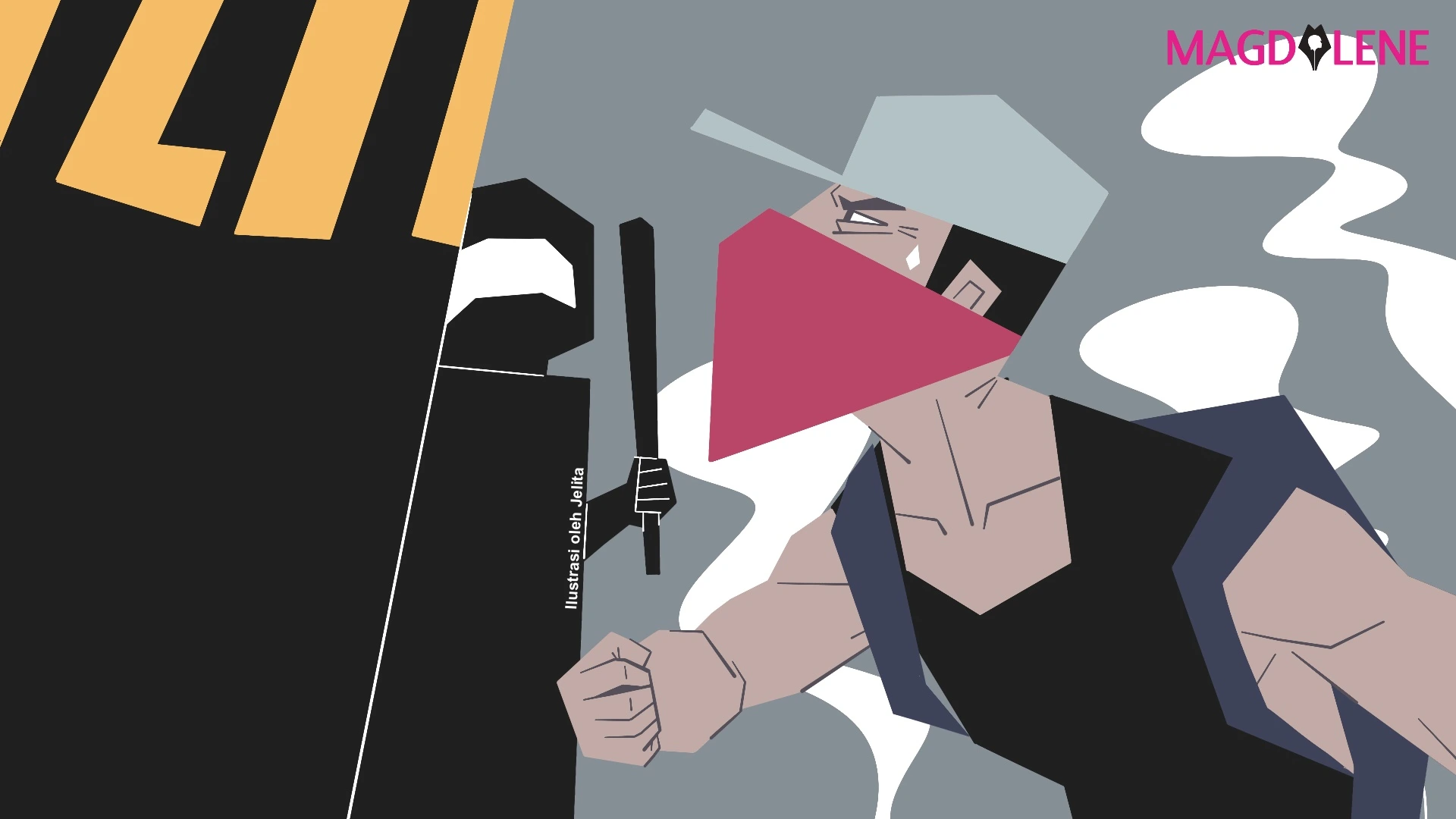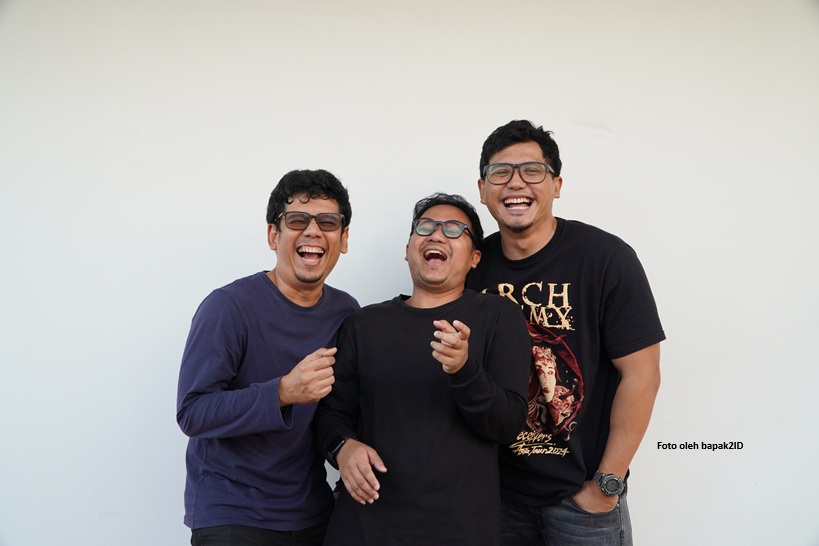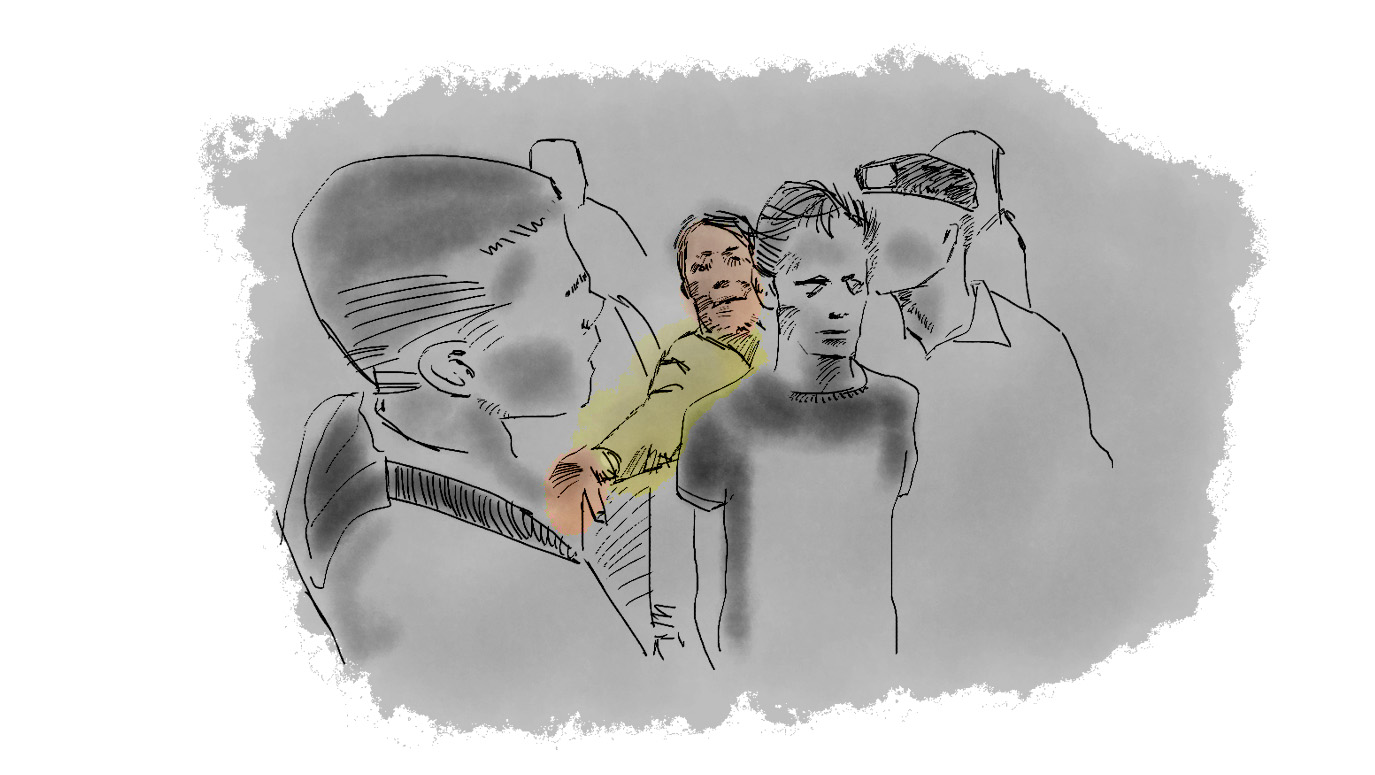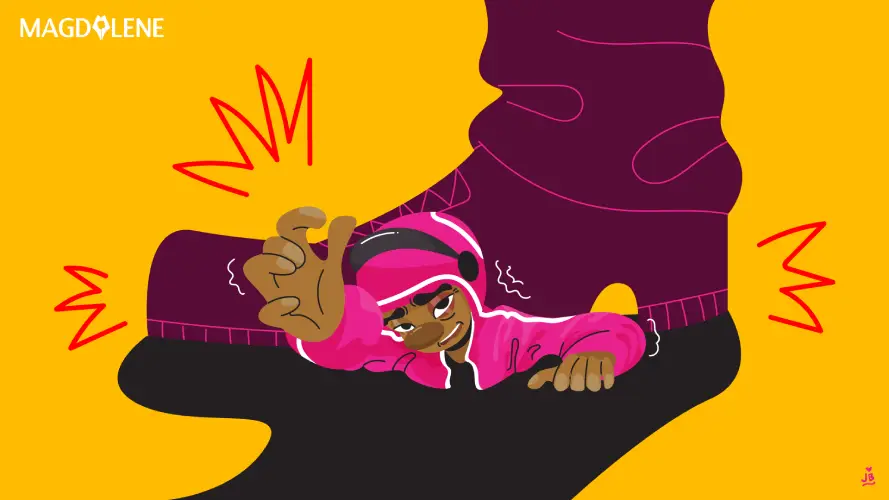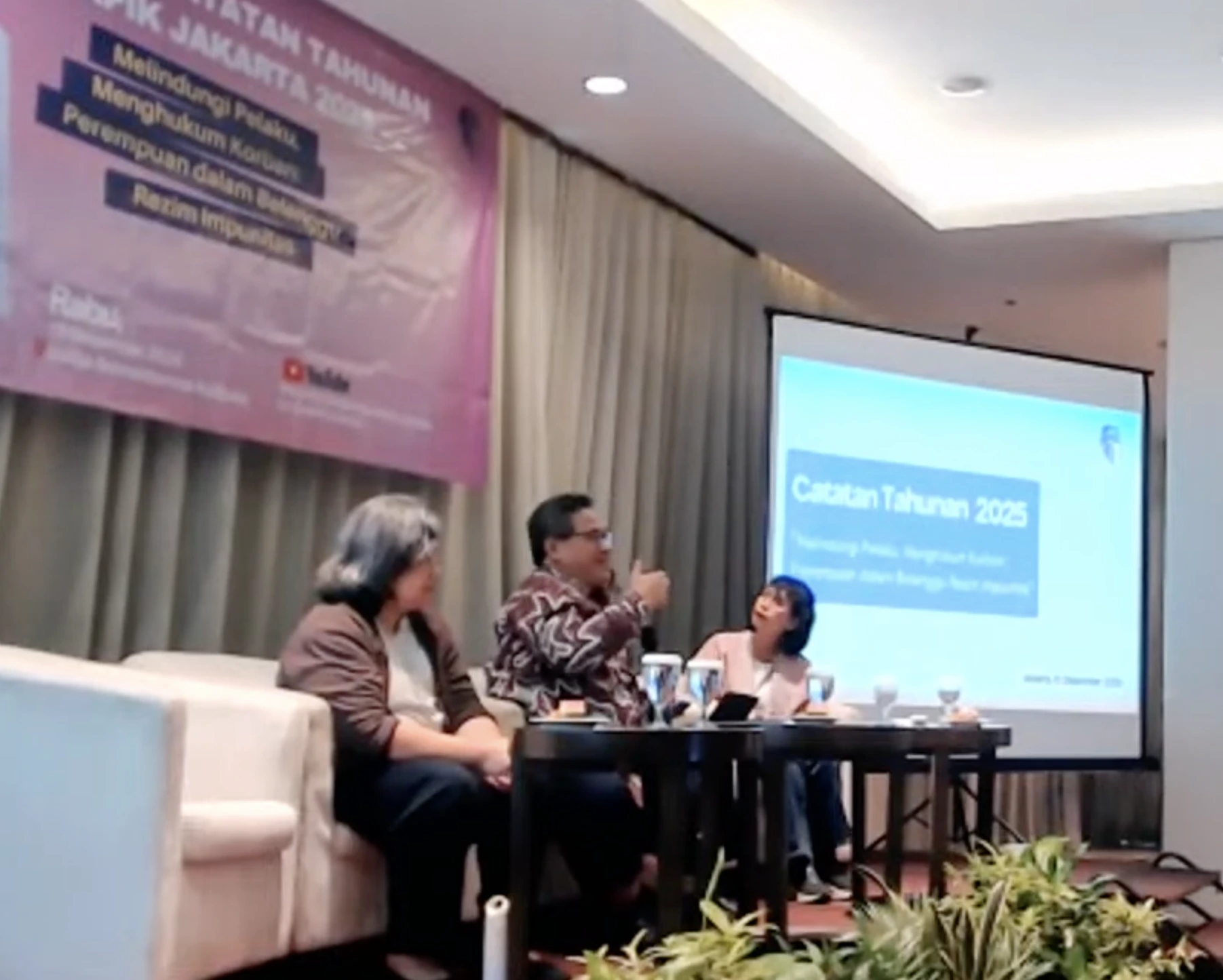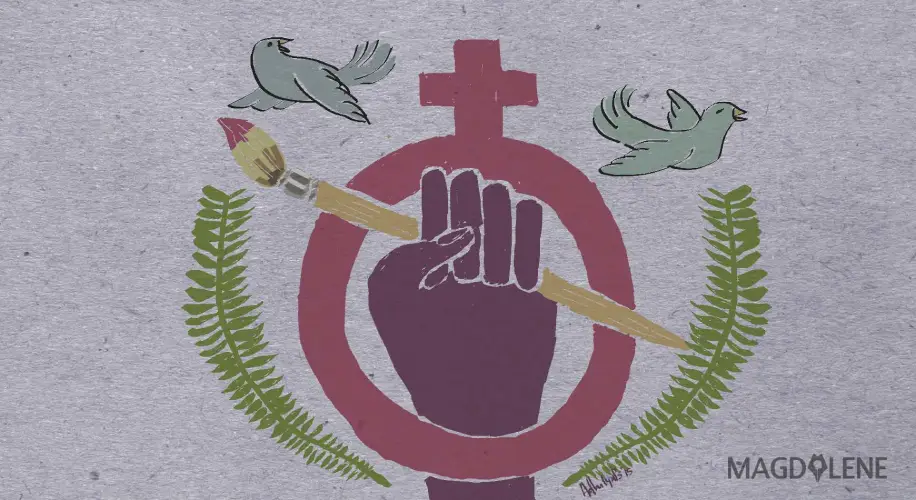Alarming Intolerance at Public Schools and Universities
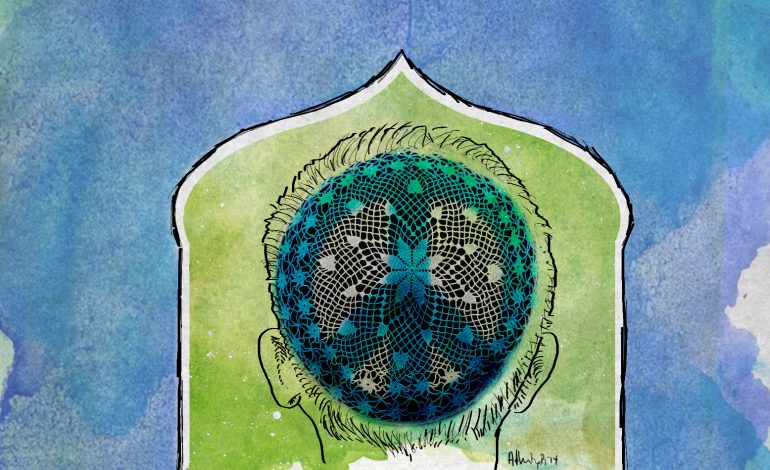
One afternoon in January “Tita” came home from school greatly upset. The freshman at a public senior high school in Bogor, West Java, had just attended the first of a two-day religious festival to commemorate the birth of Prophet Muhammad where all students were obliged to come irrespective of their religions.
As a Catholic, she was allowed not to attend the religious sermon, but she did anyway, not wanting to stick out, because, except for her and another student, the other 34 of her classmates are Muslims. She had planned to just sit and play with her smartphone, but the content of the sermon struck a raw nerve in her.
“The preacher mocked other religions, and he said the most righteous religion was Islam. He also said that LGBT is a disease and the people must be killed,” she said when we met for an interview sometime in March.
“I was so upset. I wasn’t trying to defend my own religion, but my God, how could you be so narrow-minded?” she added.
That particular incident drove her to write a reflective essay in English, a rather precocious writing for a 15-year-old girl.
What is religion?
Is it a political tool to gain profit?
Is it a rule that everyone must obey?
Is it an item that can be sold?
The essay continues with her questioning the way people of minority backgrounds like her are treated in the country, how her mother is the target of neighborhood gossip because of her religion, and how some people, kind though they are, not so secretly wish she was Muslim too.
Tita’s anxiety was not without precedent. The January incident felt like the pinnacle of discrimination and intolerance she observed at school. Though her classmates were mostly fine, Tita said she could feel the reproaching stares of students in other classes every time she walks pass them. The teachers are no better. They often cite religious teachings in their classes, even if they are not teachers of Religion subject.
“This semester my History teacher skipped the material about Hinduism and Buddhism periods in Indonesian history and jumped straight to the chapter about the spread of Islam in the country. He said, ‘never mind (the first chapter), let’s just go straight to the second chapter’. And during the test, there were no questions about the history of Hinduism and Buddhism in Indonesia,” Tita said.
Ignoring the fact that not everyone in the class is a Muslim, the same teacher would also refer to hadiths (the saying of the Prophet) while teaching, saying, “Everyone must know this hadith, right?”
“I would say, ‘Well, I don’t, sir,’” Tita continued. “Even my Muslim friends don’t like the teacher, they said, ‘Why does he do that? It’s History class, not religion.’”
Last semester her Civics teacher, who she had previously thought was nice and open-minded, told the class that Islam was the most righteous religion and gave what the teacher said were the proofs. Another teacher taught her friends not to respond to the Assalamualaikum greeting said by non-Muslims.
“I wish we were more financially secure, so we could send Tita and her younger sister to a Catholic private school,” her mother Laras, who accompanied her during the interview, said.
A friend of hers who is also a Catholic sent his son to a recommended public primary school near their house, she said. But the son was traumatized because every morning before class, he had to recite the “10 Students’ Pledges”.
“One of the pledges is ‘To not recognize religions other than Islam,’” Laras said, sighing.
Creeping religious conservatism
Tita’s situation is not unique. A number of students, teachers and parents interviewed by Magdalene – both Muslims and non-Muslims – reported similar trends in the schools where they teach or where they or their children attend.
While Islamic populism in Indonesia has become more apparent in the past few years, my interviews with these people – all of whom requested anonymity fearing backlash – reaffirmed the fear that Indonesia’s schools and universities, particularly public ones, are turning into a bastion of Islamic conservatism, with alarming consequences.
 Because some people get jittery with the phrase “Islamic conservatism” – one Education Ministry official told me to rephrase it, insisting “conservatism is not necessarily negative” – it should be clear that the Islamic conservatism in this article refers to the teaching of Islam that is exclusive and adhering to the literal scriptural understanding of Islam that leads to intolerance of others deemed different.
Because some people get jittery with the phrase “Islamic conservatism” – one Education Ministry official told me to rephrase it, insisting “conservatism is not necessarily negative” – it should be clear that the Islamic conservatism in this article refers to the teaching of Islam that is exclusive and adhering to the literal scriptural understanding of Islam that leads to intolerance of others deemed different.
Islamic radicalism, meanwhile, refers to an act or behavior on behalf of Islam that is not in line with basic principles of a tolerance, open and diverse society, and humanity. It is usually characterized by uncompromised stance that Islam must be implemented fully and literally as stated in the scriptures, and reactive ideas as well as verbal and physical responses to issues deemed deviating from the Islamic teachings.
The first and most tangible evidence of increased conservatism is how public schools in many regions in Java and Sumatra obliged Muslim students to wear “Islamic” clothes, at least every Friday. Boys wear long-sleeve shirt with standing collar, and girls wear hijab in addition to ankle-long skirt and long-sleeve shirt.
At public universities, conservative groups dominate the discourse and student bodies. Teachers and faculty members at least in some of the faculties, tend to be intolerant and radical, and classrooms that should become safe space for dialogues have turned into venues for indoctrination. Islamic teachings taught at schools and universities no longer represent the comprehensive insight of Islam, as they leave no room for diversity in thoughts.
These facts are further affirmed by the various studies related to the school system and religious conservatism conducted by different institutions.
The Center of Studies of Islam and Society (PPIM) at the State Islamic University (UIN) Jakarta held a national survey on diversity in September-October 2017 with 2,181 respondents including students and teachers/lecturers of schools and universities in 34 provinces across the country. The results are quite alarming: 58.5 percent of Muslim students holds radical religious opinion and 34.3 percent are intolerant of non-Muslims. But they are even more intolerant (at 51.1 percent) toward Muslim minority groups deemed heretical such as Ahmadiyah and Shia.
As for the teachers/lecturers, 69.3 percent of them have intolerant behavior toward Muslim minority groups, and nearly a quarter are intolerant of non-Muslim. Over 87 percent of teachers/lecturers agree if the government banned minority groups they deemed “heretical”, slightly higher than the students at 86.55 percent.
In 2015, SETARA Institute for Democracy and Peace (SIDP) held a survey on senior high school students in Jakarta and Bandung, and the results showed 8.5 percent students agreed the country’s ideology of Pancasila must be replaced with Islam. A total of 9.8 percent students supported the Islamic State (ISIS).
The Ministry of Education and Culture conducted a similar survey on senior high school students, teachers in Salatiga, Central Java, and Singkawang, West Kalimantan, in September 2016. The survey focused on the increased sentiment of religious and racial conflicts in Indonesia, including discrimination and ethnic domination of the majority against the minority. The results showed 8.5 percent of the respondents agreed on religion replacing the state ideology, and 7.2 percent was in favor of ISIS.
A Math teacher told Lies’ daughter: “It’s okay if you fail Math, as long as you wear hijab.”
Intolerance and radicalism find ways to schools via teachers, school principals and alumni, the latter particularly through extracurricular activity called Rohani Islam (Islamic Spirituality) or Rohis. A 2016 study by Wahid Institute on Rohis members in public high schools across the country showed that over 20 percent students admitted to listening to radical religious perspective in the extracurricular program frequently to very frequently. The topics they are exposed to range from choosing friends on the basis of religion; hatred of other religions; rebellion and even wars against other religious groups or against the government that they accuse of threatening Muslims; to war against other Islamic points of views deemed heretical.
These proselytizing efforts have done a lot in influencing the respondents to support caliphate as the form of government (78 percent), stoning as a punishment for adultery (62 percent), and cutting hand as a punishment for theft (58 percent). Over 60 percent also said they are ready to engage in a jihad war at the time they were interviewed or in the future.
School administrations seem oblivious to this development, as they rarely monitor Rohis’ activities. “Ratna”, who teaches at a public senior high school in East Jakarta, said that a number of schools even obliged Muslim students to join Rohis.
“I think extracurricular activities should be optional, but some schools oblige Muslim students to join Rohis, and they receive marks on their report card for this activity,” she said.
How did it happen?
Director of PPIM UIN, Saiful Umam, said he had heard many complaints about how children no longer want to interact with friends from different religion, but the alarming percentage of intolerance and radicalism shown in the surveys nevertheless surprised him.
“In a pluralistic nation like us, it is a big problem when people don’t want to befriend others who are not like them,” he said.
 The spread of religious conservatism in public schools is in line with the model of Islamic teaching that is increasingly conservative today in the Indonesian society, he said.
The spread of religious conservatism in public schools is in line with the model of Islamic teaching that is increasingly conservative today in the Indonesian society, he said.
“More people are wearing hijab, even UIN female students must wear hijab now – it used to be optional. Junior high school male students used to wear shorts as their uniform, now they have to wear long pants. Female students used to wear knee-length skirts, now they have to wear ankle-length skirts,” he said.
“But most significantly is Islamic transnationalism, from the Middle East. Around the world there has been a competition for influence between Iran and Saudi Arabia. In Indonesia Saudi has long been funding their campaign here through their ulemas, foundations and mosques, supplying materials and teachers, paying scholarship for people to study in Saudi so that they would spread Wahhabism when they get back. This has been happening for a long time, but the dominant impacts can only be seen now.”
As to why intolerance and radicalism find more ways to public schools, Advocacy and Campaign Project Officer of Wahid Institute, Alamsyah M. Djafar, offered an explanation.
Back in the New Order regime in the 1980s, he said, faith-based extracurricular organizations could not enter school and university students could not be involved in political movements.
“We know how allergic the regime was to religious symbols. The Iran Revolution had then affected the strengthening of Islamist identity and teaching in Indonesia. Women wearing hijab became more widespread, as did groups that lean toward Salafi and Wahabi. The space that was used to spread this was Rohis. The Islamic spirit as identity to respond to something outside them grew. It happened in public schools,” Alamsyah said.
“Why public schools? Because these teachings cannot penetrate religious-based schools or Islamic boarding schools. Most faith-based private schools are affiliated with religious organizations or some other organizations. Islamic identity was deemed vacant in public schools; that’s why education movement like Tarbiyah, whose role model is Egypt’s Muslim Brotherhood, actively penetrated public schools.”
Hence, Rohis in public schools and universities were free from the intervention and influence of moderate organizations such as Nahdlatul Ulama (NU) and Muhammadiyah, because the latter had their own agenda, institutions and schools to run.
Post-Reformasi, after the Soeharto regime’s fall in 1998, these groups grew even bigger, as power was decentralized and subsequent presidents had political expedience in their mind.
Alamsyah said in his two-term administration, President Susilo Bambang Yudhoyono gave too much power to the Indonesian Ulema Council (MUI), many, though not all, of whose members are often ideologically conservative.
“In one of his speech – in 2008, if I’m not mistaken – he said that the state administration is based on positive law, but for religious issues, we should return to MUI. This statement is deemed problematic because it is not in line with the principle of state neutrality toward religion,” he said.
Lack of a critical thinking tradition also contributes to the problem, said Lies Marcoes-Natsir, women’s rights activist, religious anthropologist and director of Rumah Kita Kebangsaan Foundation.
“There is a huge cultural problem here. We still inherit the New Order politics of uniformity and it has led to the uniformity of truth. Other legacies of the New Order are the lack of critical thinking and corruption,” she said.
Lies recalled her own daughter’s experience in a public school a few years back, when a Math teacher told her: “It’s okay if you fail Math, as long as you wear hijab.”
In a pluralistic nation like us, it is a big problem when people don’t want to befriend others who are not like them.
How to counter
Lies said that increased religious conservatism at school is very alarming as students receive validation from parents and school systems.
“There is contestation between religious law and primordialism in public space. The state is being quiet because they have a political interest in ignoring it.”
“There should be a cultural revolution by the conscientious social class – the feminists, for example, or critical young people. Educate them, create more cultural and arts elements in public. Spark more discussions and dialogs,” she said.
PPIM UIN recommended an overhaul in religious education at schools that should be more open, tolerant and inclusive. The recruitment and training of religious teachers must also be reformed and monitored.
“Internet plays a big deal in spreading intolerant messages that should be countered by more moderate voices. Print publications also have a big influence; radical or intolerant groups provide Islamic literature with popular language. We need to counter that as well,” said Saiful.
Alamsyah maintained that the key is law enforcement on Rohis activities and on public school teachers who are part of the state apparatus, because there are laws to sanction teachers who violate non-discrimination principles.
“Teachers’ capacities must be increased, curriculums must be improved, and parents must be involved in this efforts,” Alamsyah said.
“We’re working on a pilot project in several regions, to train teachers to overcome intolerance and pushed a system that allows teacher to report on the change in their students.”
Not a Lost Cause
Several students downplayed the situation, particularly those who join religious proselytizing groups in university campuses. Sadewo Prakoso, a Sociology student and an executive of Salam proselytizing group at the University of Indonesia, said the religious students are no longer exclusive today, and, in fact, blend in more with the non-religious students.
 “There used to be a segregations between ‘the most religious’ and the ‘not so religious.’ But now students are more inclusive and blending in, with the increased consciousness to do shalat (prayer),” he said.
“There used to be a segregations between ‘the most religious’ and the ‘not so religious.’ But now students are more inclusive and blending in, with the increased consciousness to do shalat (prayer),” he said.
Another UI and Salam member called “Bunga” said intolerance has indeed increasing, but not from religious groups only, so focusing on religious group is irrelevant.
“In this era of polarization, everything is pitted against each other. People then have to take a stand: which group they should support. In the end, people think their own group is the most righteous one, and they are intolerant of others, and this is true of non-religious groups who can be intolerant of religious groups,” she said.
Saiful Umam from PPIM UIN said that despite the threat of radicalism in schools, the PPIM survey showed a ray of hope among students who want religious discussions to be more open.
Of the students, 88.44 percent agreed that religious lessons should contain discussions about differences among the faiths to reduce prejudice between religious groups; 70.36 percent agreed that teachers or lecturers should discuss other faiths’ points of view in religion classes; and 78.58 percent agreed that religious education should engage students in dialogs about religious experience to increase more understanding.
“The majority of these kids still accept democracy, Pancasila, and the Republic of Indonesia. Those can be our asset to move forward. But the intolerant and radical views must be addressed, or it will be like time bomb,” Saiful said.
As for Tita, the high school freshman who feels increasingly besieged in her own school because of her faith, she has already envisioned a future in a more accepting society. She is eyeing overseas scholarship and migration to other country, should the situation persist or worsen at home. She is studying really hard, even taking extra lessons on science on the weekend we met, as she believes the teachers in her school do not provide sufficient material and prepare her well for the exams.
“I’m going to move to Canada, where human rights, women’s right, and LGBT’s rights are respected and upheld,” she said.
This article is the first part of a series of reporting on the impact of increasing Islamist conservatism in educational institutions in Indonesia, funded by the Journalists Union for Diversity (SEJUK) fellowship.
Magdalene’s contributing reporter Wulan Kusuma Wardhani contributed to this story.
Find out how this East Timorese activist challenges norms and fights patriarchy and follow @heradiani on Twitter.






